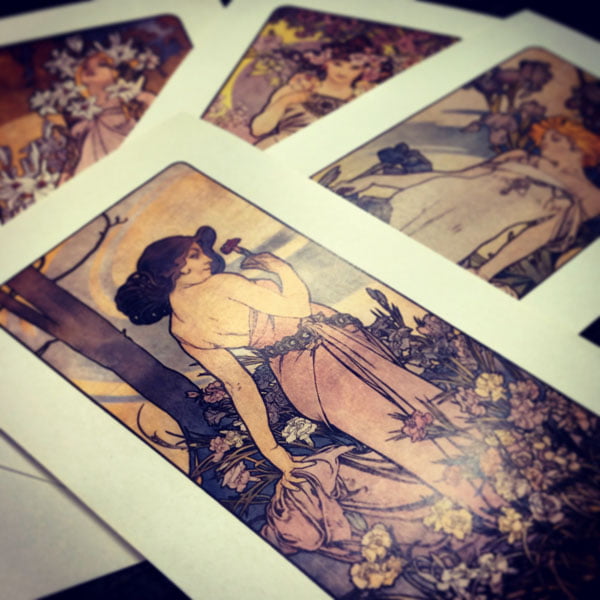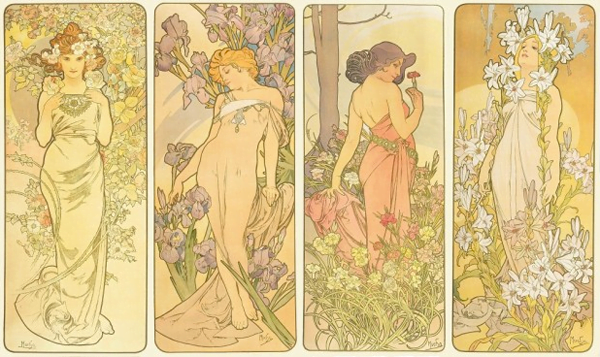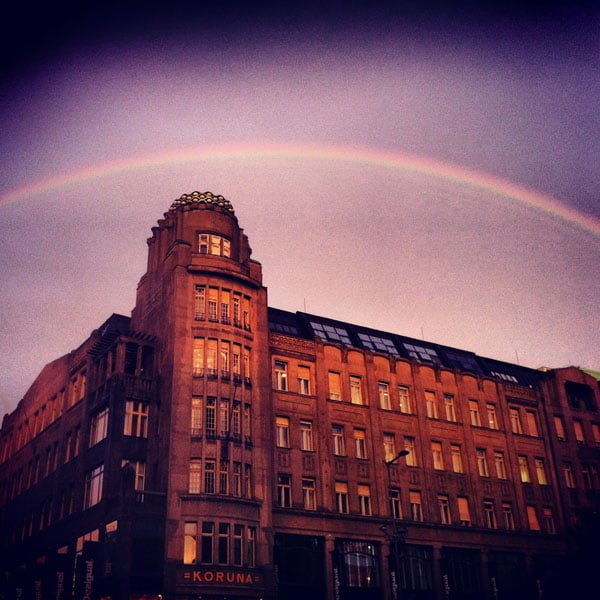Prague is a city with a long history of art and culture; you can tell just by the sheer amount of museums, concert halls and street art you see. Catching the Don Giovanni opera, any opera actually, was something I’d always wanted to try out and it turned out to be a pretty interesting experience. But I also encountered two other artists, one quite by accident while checking out the first.
Franz Kafka is one of more prominent names that comes up when it comes to famous writers from Prague. I’ve heard of him, and Haruki Murakami’s book Kafka on the Shore sits on my shelf but I’d never actually read any of his works. I first encountered him on my walking tour of the city, near the Jewish quarter of the city where a memorial to him was built, based on one of his short stories.

Kafka dreamed this scene, and it’s based off his work Description of a Struggle. This memorial was put up near the Jewish quarter on Dusni Street
I haven’t really been moved to check out any of his works, but I will have to credit Kafka with helping me discover another Czech artist quite unexpectedly: Alphonse Mucha.
I hadn’t even known who Mucha was – I was wondering around on the Mala Strana (lesser town, the castle side of the river Vltava) side on my last full day in Prague, mooching around and wondering what to do on a rainy afternoon where it was pouring down and I was getting a bit tired of being all damp and having my umbrella blown inside out. I found myself outside the Franz Kafka museum and decided to pop in to check it out while waiting out the rain.
//instagram.com/p/iOJPU0hXgm
This is the courtyard of the Kafka museum – I honestly was a bit bewildered by this weird peeing statue. It’s created by an artist called David Cerny and has two dudes peeing over a pond shaped like Prague. Nope, no idea what that’s supposed to mean.
I took a quick walk around the gift shop, deciding if I wanted to pop into the museum. It was then I first set my eyes on these beautiful, rather old-school illustrations by Mucha. Enquiring at the information counter, I was told that the people who ran the private Kafka museum also operated the Mucha museum down near Wencelas Square. Even better, tickets for the Mucha museum were going at half price (90CZK / S$6) to encourage visitors to go to both museums, wow!

Postcards featuring Mucha’s work. I liked these so much i bought them back as a souvenir.
It was close to 5pm in the afternoon already, so I didn’t have a lot of time. I quickly bought my tickets and hared it out of there, rain and all. I managed to find the museum at around 515pm – it’s not a very big place, 2-3 halls of Mucha’s work displayed on the walls, and a 30-min video documentary about his life which I didn’t stay to watch due to my limited time.

Prague Mucha Museum from the outside
No photography was allowed, so no photos unfortunately. I did manage to sneak these pix from outside the museum though:

peering into the mucha museum – it’s not very big, the gift shop is on the left, and there are another 2 rooms beyond the archway
And though I only spent 45 minutes there, I really did enjoy checking out his works. For the uninitiated, Mucha’s illustration style is known as art nouveau, and he was one of the forerunners and major influencers in this style catching on back in the day. I’ve never really had a favourite genre of art, but apparently I do like art nouveau, which is also quite closely related to Antoni Gaudi’s works in Barcelona, another artist I’m quite enamoured with.

Here’s a better view of Mucha’s The Four Flowers series which I bought back as postcards – these decorative posters were a way of making artwork easily and cheaply accessible for the general public. From L:R, Rose, Lily, Carnation Iris
What I love is that a lot of Mucha’s work wasn’t just purely for art’s sake, but actually works for advertisements selling things from biscuits to plays. The intricate detail of his drawings, I can’t imagine anybody these days putting in that much work for a poster! I love his signature style, the suggestive woman and the nature-inspired frames, it’s just so pretty.

Mucha’s advertising posters – the one on the left is of famous actress Sarah Bernhardt, a serendipitous meeting with her at his printers resulted in this poster, and catapulted him into the public eye. He would go on to design all her posters after that. He also got employed at a printer and regularly commissioned to produce work, so he definitely wasn’t your starving artist! The center piece is for champagne brand Moet and Chandon, and on the right, unlikely as it might be, for baby food!
And while walking back to the hostel from the museum, I encountered this unexpected sunset and rainbow:

It had just stopped raining and still a little overcast, but there was a really pretty glow from the sun that managed to shine through. I tried to capture that essence in the photo but this is the best I could do.

I saw someone taking photographs as I walked down the street. Turning around, I saw this beautiful rainbow
Information
Kafka Museum
Hergetova Cihelna, Cihelná 2b, 118 00 Prague 1 (Malá Strana)
http://www.kafkamuseum.cz
Mucha Museum
Kaunický palác, Panská 7, 110 00 Prague 1
http://www.mucha.cz
Entry fee is 180 CZK, I recommend you going to get your tickets at half price at the Kafka Museum. Conversely, you can also get half price Kafka museum tickets at the Mucha museum.
Mucha elsewhere:
- If you have the chance to, head over to the National Gallery in Prague to check out Mucha’s The Slav Epic, a series of 20 paintings which he considered his greatest work. I didn’t have time to check it out, unfortunately!
- Also, look out for his stained glass window when up at St Vitus Cathedral. See which window here.
